If you’re reading this, then you’re probably interested in learning more about electrical conduction in metals. In this blog post, we will discuss the basics of how electricity moves through metal wires. We’ll also talk about some of the factors that affect electrical conduction, and we’ll provide a few tips on how to improve your electrical wiring system. Thanks for reading!
What Is Electrical Conductivity?
Electrical conductivity gauges how well electric current can flow through a given material. A material’s electrical conductivity increases as the number of electric current carriers per unit volume (of the material) increases. This property is important in many applications, including electronics, wiring, and electrical engineering.
Metals are the best conductor of electricity out of all three types of materials. This is because they have loosely bound electrons that are free to move around within the metal lattice. These free-flowing electrons make it easy for an electric current to flow through a metal.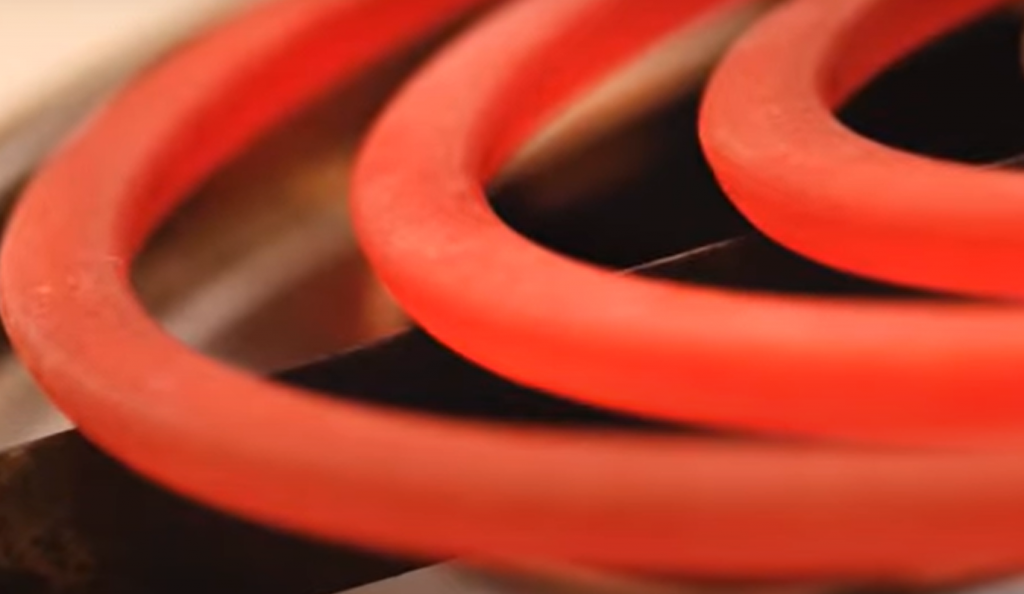
Semiconductors have medium electrical conductivity. They have electrons that are bound more tightly to the atom than in metals, but not as tightly as in insulators. This means that they can conduct electricity, but not as easily as metals.
Electrolytes have the lowest electrical conductivity of all three types of materials. They are made up of ions, which are atoms that have gained or lost electrons. These ions are electrically charged and cannot flow freely like electrons. Because of this, it is hard for an electric current to travel through an electrolyte solution.
The standard unit of measurement for electrical conductivity is the Siemens per meter (S/m). This unit is named after German engineer Werner von Siemens, who invented the first electrical conductor in 1854. [1]
The Relationship Between Electrical Conductivity And Resistivity
The electrical conductivity and resistivity of a material determines how well it can allow an electric current to pass through. They are inversely related, which means that materials with high electrical conductivity have low resistivity, and vice versa.
The resistivity of a material is a measure of how difficult it is for an electric current to flow through it. The higher the resistivity of a material, the more resistant it is to electrical current. The SI unit for resistivity is the ohm-meter (Ω·m).
This equation shows that materials with high resistivity have low conductivity, and vice versa. For example, if the resistivity of a material is 1 Ω·m, then its conductivity would be 1 S/m.
The electrical conductivity of a material is also affected by its temperature. In most cases, a material’s electrical conductivity will grow as its temperature gets higher. This is because the atoms in the material vibrate more at higher temperatures, which makes it easier for an electric current to flow through the material.
Some materials, such as metals, have a positive temperature coefficient of electrical conductivity (TCC). This means that their electrical conductivity increases as their temperature increases. Other materials, such as semiconductors, have a negative TCC. This means that their electrical conductivity decreases as their temperature increases. [2]
Factors Affecting Electrical Conductivity
In order to understand how electrical conductivity works in metals, it is important to know the different factors that can affect a metal’s ability to conduct electricity.
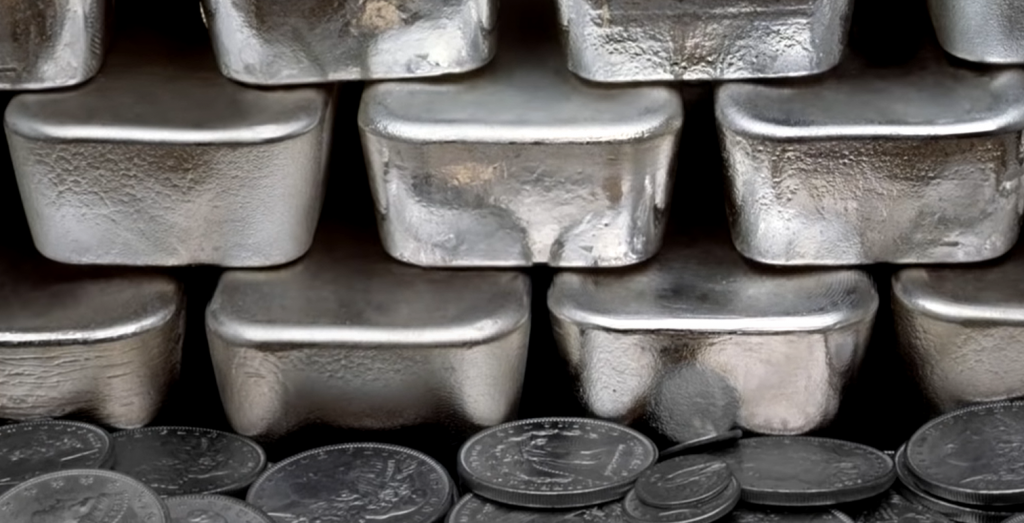
Some of these factors include:
- The type of metal: Different types of metals have different abilities to conduct electricity. For example, copper is a very good conductor, while silver is even better. On the other hand, aluminum is not as good a conductor as either copper or silver.
- The purity of the metal: The purer the metal, the better its ability to conduct electricity. This is because impurities in the metal can act as barriers to the flow of electrons.
- The temperature of the metal: Generally speaking, the higher the temperature of the metal, the lower its electrical conductivity. This is because the increased thermal energy of the metal atoms makes it more difficult for them to lose their outermost electrons.
- The presence of other elements: The addition of other elements to a metal can also affect its electrical conductivity. For example, carbon is often added to iron to make steel, which is much less electrically conductive than pure iron.
- The crystal structure of the metal: The way in which the atoms of a metal are arranged in its crystal structure can also affect its electrical conductivity. For example, metals that have a face-centered cubic (FCC) crystal structure tend to be better conductors than those with a body-centered cubic (BCC) crystal structure. [3]
All of these factors can affect a metal’s electrical conductivity to some extent, but the type of metal is generally the most important factor. This is because the other factors usually only have a significant effect at very high or very low temperatures, or when the metal is impure or has an unusual crystal structure.
Metal Conductivity
All metals are good conductors of electricity. This is because they contain free electrons which are able to flow freely through the metal lattice. The more free electrons a metal has, the better it will be at conducting electricity.
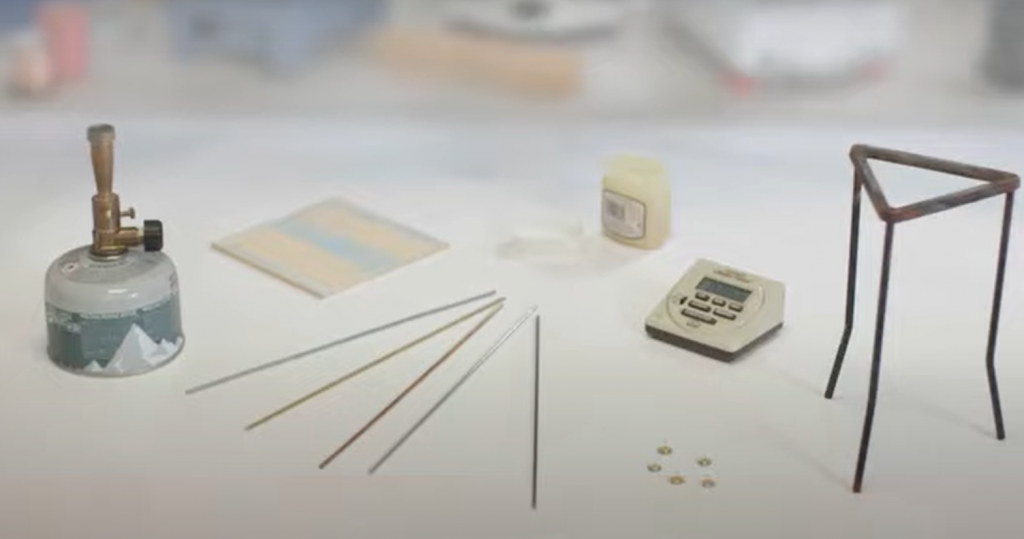
The best conductor of electricity is silver, followed by copper and gold. However, these metals are also very expensive so they are not often used in electrical applications. Instead, less expensive metals such as aluminum and iron are used instead. Even though these metals are not as good conductors as silver, they are still able to conduct electricity quite well.
The electrical resistance of a metal is a measure of how difficult it is for electrons to flow through the metal. The lower the resistance, the better the metal will be at conducting electricity. The SI unit for electrical resistance is the ohm (Ω).
What Are The Most Conductive Metals?
There are several metals that have high levels of electrical conductivity. The most conductive metal is silver, followed by copper and gold.
Copper is less expensive than silver, but its conductivity is not as high. Gold is less expensive than silver and has a higher level of electrical conductivity than copper. However, gold is not as strong as silver or copper, so it is not used as often in electrical applications. Other metals that exhibit high levels of electrical conductivity include aluminum, nickel, iron and lead.The best way to determine which metal is the most conductive is to look at its resistivity. Resistivity measures how well a material resists the flow of electricity. The lower the resistivity, the better the material conducts electricity. Silver has the lowest resistivity of any metal, followed by copper and gold. These three metals are known as the noble metals because they are not only good conductors of electricity, but they are also resistant to corrosion.
The reason that silver is the most conductive metal is because it has the highest number of free electrons. Free electrons are able to move freely through the metal and allow electric current to flow easily. Copper and gold also have high numbers of free electrons, but not as many as silver. This is why silver is considered the best conductor of electricity.
Aluminum is another metal that is a good conductor of electricity. Even though it has a lower resistivity than silver, copper is stronger. Aluminum is often used in electrical applications because it is less expensive than silver and copper.
Nickel, iron and lead are also good conductors of electricity. However, they are not as strong as silver, copper or aluminum. These metals are often used in electrical applications where strength is not as important as conductivity. [4]
What Is The Hardest Conductive Metal?
The hardest conductive metal is tungsten. Tungsten is a metal with a high melting point and a low vapor pressure. It is used in many different applications including light bulb filaments, electrical contacts and X-ray tubes. Although tungsten has a higher resistivity than silver, it does not have as much strength.
What Is The Most Flexible Conductive Metal?
The most flexible conductive metal is palladium. Palladium is a soft, silvery-white metal that is often used in jewelry and electronic applications. It is also used in catalytic converters and fuel cells. Palladium has a lower resistivity than silver, but it is not as strong as silver or copper. [5]
Interesting Facts About Electrical Conduction in Metals
- Electrical conduction in metals is a result of the flow of electrons.
- The speed of electron flow in metals is incredibly fast, approaching the speed of light.
- The resistance to electrical current flow in metals is incredibly low, making them ideal conductors.
- The ability of a metal to conduct electricity can be affected by its temperature. As a metal heats up, its electrical resistance increases.
- Some metals are better conductors than others. The most conductive metals are silver and copper, followed by gold and aluminum.
- The least conductive metals are iron, nickel, and cobalt.
- Metals can be used to create electrical circuits. The most common type of metal used for this purpose is copper.
- When metals are combined with other materials, they can be used to create semiconductors. Semiconductors are materials that can conduct electricity under certain conditions but not others. Silicon is the best-known type of semiconductor.
- Metals are also used in electrical wiring and in the construction of electronic devices such as computers and cell phones.
- In order for a metal to be an effective conductor, it must have a large number of free electrons. These electrons are not bound to any particular atom, and they are free to move about within the metal.
Thermal Conduction Metals
They are good thermal conductors. This means that they are able to transfer heat very efficiently. The ability of a metal to conduct heat is due to the fact that its atoms are arranged in a regular lattice. This structure allows for the easy movement of electrons, which helps to carry the heat.
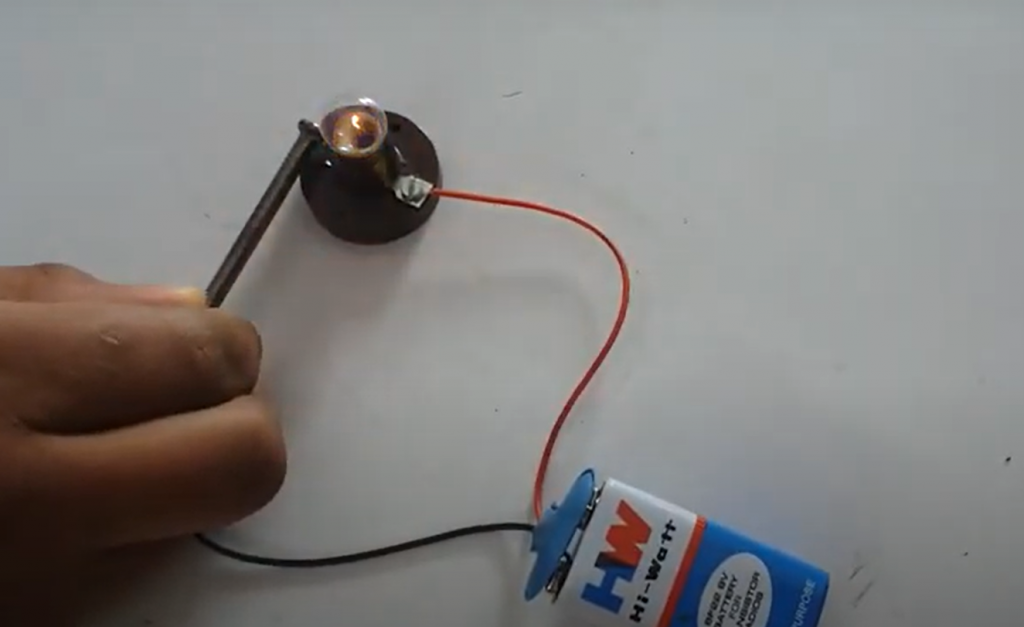
Electrical Conduction Metals are also good electrical conductors. This means that they are able to carry an electric current very efficiently. The ability of a metal to conduct electricity is due to the fact that its atoms are arranged in a regular lattice. This structure allows for the easy movement of electrons, which helps to carry the electric current.
The combination of these two properties – thermal and electrical conductivity – makes metals very useful materials. They are used in a variety of applications where both heat and electricity need to be conducted efficiently.
Some examples of metals that are good thermal and electrical conductors include copper, silver, and gold.
Electrical Conduction: Non Metals
While metals are good conductors, non-metals are not. This means that they are not able to carry an electric current very efficiently. The inability of a non-metal to conduct electricity is due to the fact that its atoms are not arranged in a regular lattice. This structure does not allow for the easy movement of electrons, which hampers the ability to carry an electric current.
However, there are some non-metals that are better conductors than others. Some examples of non-metals that have higher levels of electrical conductivity include carbon (in the form of graphite) and silicon.
The reason why carbon and silicon have higher levels of electrical conductivity than other non-metals is due to their atomic structure. Both carbon and silicon have atoms that are arranged in a way that allows for the easy movement of electrons. This makes them better able to conduct an electric current than other non-metals.[6]
Does Conduction Depend On Thickness?
The thickness of a material does not affect its ability to conduct heat or electricity. This means that a thin metal sheet will conduct heat and electricity just as well as a thick metal sheet. The only difference is that the thin sheet will conduct heat and electricity more quickly than the thick sheet.
This is due to the fact that, in order for heat or electricity to be conducted, there must be a path for the electrons to flow. The thicker the material, the longer it will take for the electrons to find a path through the material. However, once they find a path, they will be able to flow freely through the material, regardless of its thickness.
Applications of Electrical Conduction
Thermal conductivity:
- Cooking pots and pans
- Heating elements
- Refrigeration coils
Electrical conductivity:
- Wires
- Circuit boards
- Electrical components
How to Improve Your Electrical Wiring System?
There are a few things you can do to improve the efficiency of your electrical wiring system:
- Use thicker wires. This will help to reduce resistance and increase conductivity.
- Use shorter wires. This will help to reduce the length of the path that the electrons have to take, which will increase conductivity.
- Use more conductor material. This will help to increase the number of paths that the electrons can take, which will also increase conductivity.
- Use a different material. Some materials are better conductors than others. Using a better conductor will help to increase conductivity.
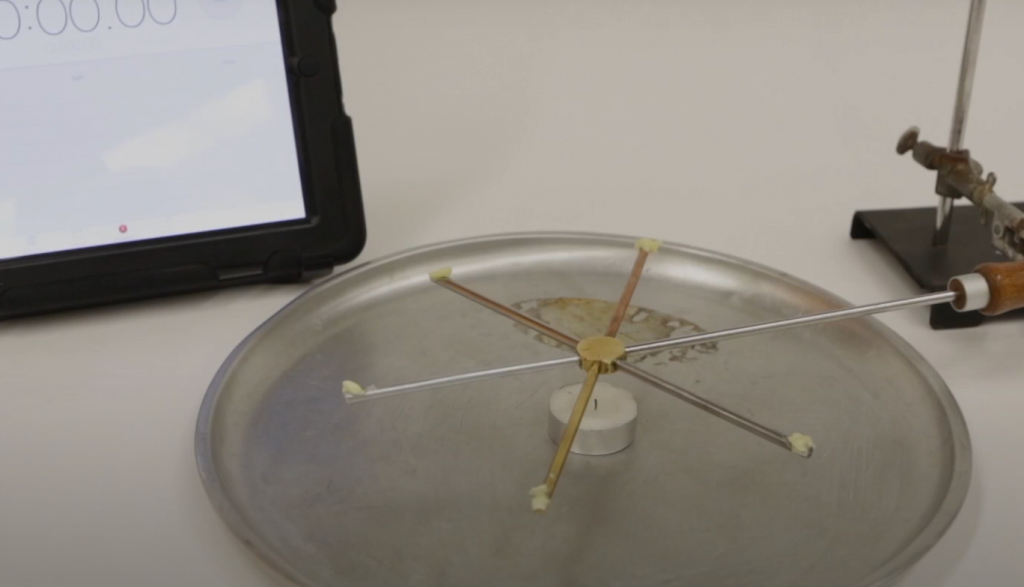 Doing one or more of these things will help to improve the efficiency of your electrical wiring system. This, in turn, will help to reduce your energy costs and make your home more efficient.
Doing one or more of these things will help to improve the efficiency of your electrical wiring system. This, in turn, will help to reduce your energy costs and make your home more efficient.
FAQ
Why do metals have electrical conductivity?
Electrical conductivity is a property of materials that allow them to easily conduct electricity. This is because they have free electrons that can move about freely within the material. When an electric potential is applied, these free electrons will flow from the negative terminal to the positive terminal, thus creating an electric current.
What factors affect electrical conductivity in metals?
There are a few factors that can affect a metal’s electrical conductivity, such as:
- The type of metal
- The purity of the metal
- The temperature
- The amount of strain or stress placed on the metal
How can electrical conductivity be increased in metals?
There are a few ways to increase the electrical conductivity of metals:
- Use a more conductive metal
- Increase the purity of the metal
- Decrease the temperature
- Decrease the amount of strain or stress placed on the metal
What are some applications of electrical conductivity in metals?
Metals with high electrical conductivity are used in many applications where electrical current needs to be easily conducted, such as:
- Wiring in homes and buildings
- Electrical circuits
- Electrical components
- Conductive coatings
- Electrical tracing
Which metal has the best electrical conductivity?
The metal with the best electrical conductivity is silver. It is followed by copper and gold.
Do all metals have electrical conductivity?
No, not all metals have electrical conductivity. Some non-conductive metals include:
- Aluminum
- Lead
- Tin
- Mercury
What determines electrical conductivity?
The ability to conduct electricity is determined by the number of free electrons present in the material.
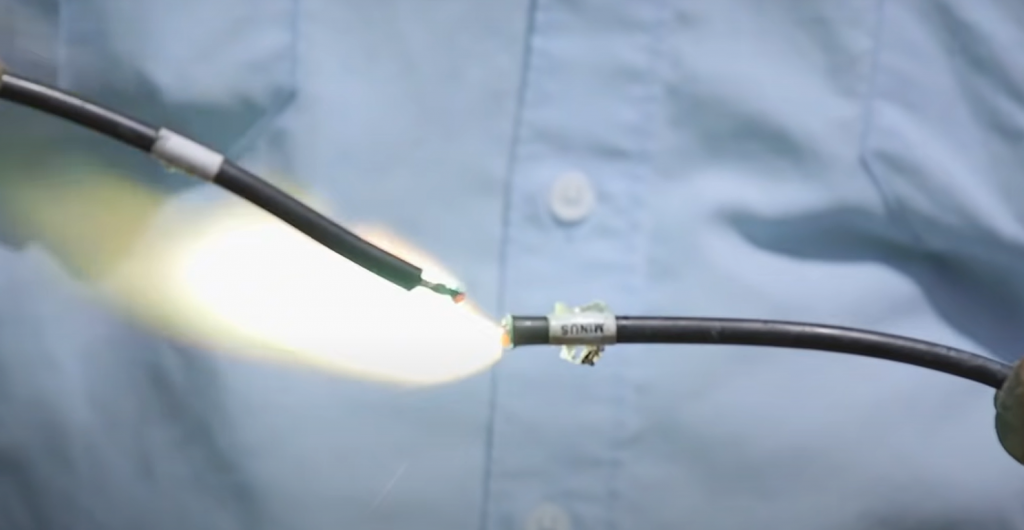
The more free electrons there are, the better the material will be at conducting electricity.
What are the three types of conductivity?
There are three types of conductivity that materials can have: electrical, thermal, and optical. Each type of conductivity describes a different way in which materials allow energy to flow through them. The ability of a material to conduct electricity is measured by its electrical resistivity. This is the measure of how difficult it is for electrons to flow through a material. The lower the resistivity, the better the material conducts electricity. The SI unit for resistivity is the ohm-meter (Ω·m). The ability of a material to conduct heat is measured by its thermal conductivity. This property measures how easily heat can be transferred through a material. The SI unit for thermal conductivity is watts per meter per Kelvin (W/(m·K)). The ability of a material to conduct light is measured by its optical conductivity. This property measures how easily light can be transmitted through a material. The SI unit for optical conductivity is reciprocal centimeters (cm−1).
What are the three types of metals?
The three types of metals are: ferrous, nonferrous, and precious. Ferrous metals contain iron and are magnets. Nonferrous metals do not contain iron and are not magnets. Precious metals are rare and have a high economic value. They include gold, silver, platinum, and palladium.
Useful Video: Which Metals Conduct Electricity The Best? | Metal Supermarkets
Conclusion
In conclusion, electrical conduction in metals is a fascinating phenomenon with a wide range of applications. A thorough understanding of the physics behind electrical conduction is necessary to optimize the use of metals in various settings. Additionally, research in this area is ongoing and constantly expanding our understanding of this complex topic.
References:
- https://matmatch.com/learn/property/electrical-conductivity
- https://www.electronics-tutorials.ws/resistor/resistivity.html
- https://chem.libretexts.org/Bookshelves/Inorganic_Chemistry/Book%3A_Introduction_to_Inorganic_Chemistry_(Wikibook)/06%3A_Metals_and_Alloys-_Structure_Bonding_Electronic_and_Magnetic_Properties/6.04%3A_Crystal_Structures_of_Metals
- https://www.careers360.com/question-what-is-the-most-conductive-metal
- https://www.electronics-notes.com/articles/basic_concepts/resistance/electrical-resistivity-table-materials.php
- https://www.toppr.com/ask/question/graphite-is-a-nonmetal-but-still-it-conducts-electricity-explain/






